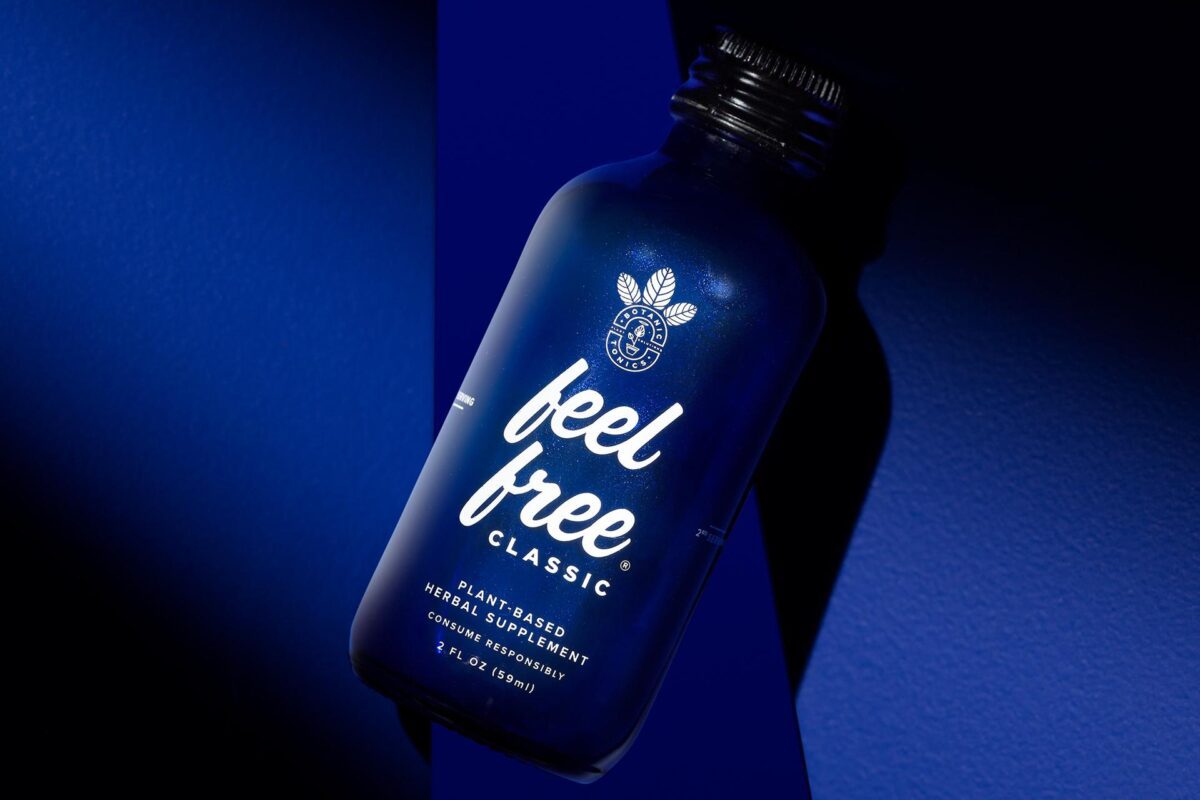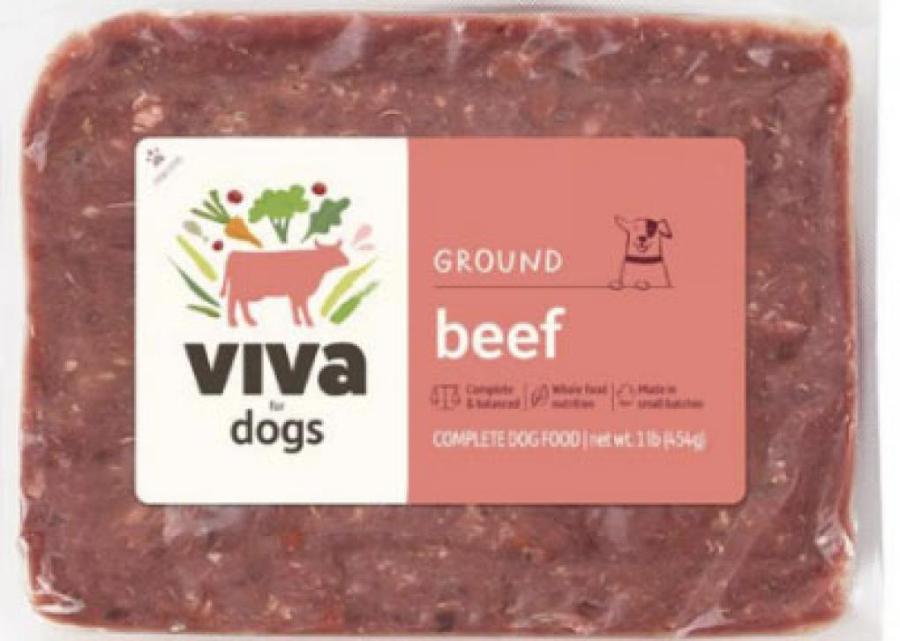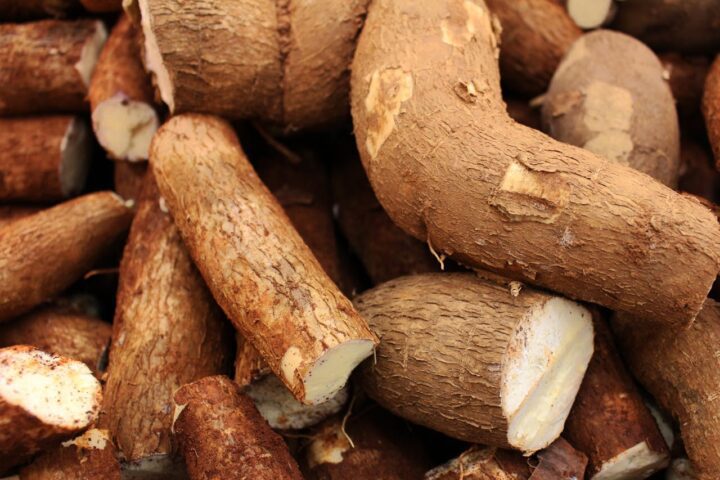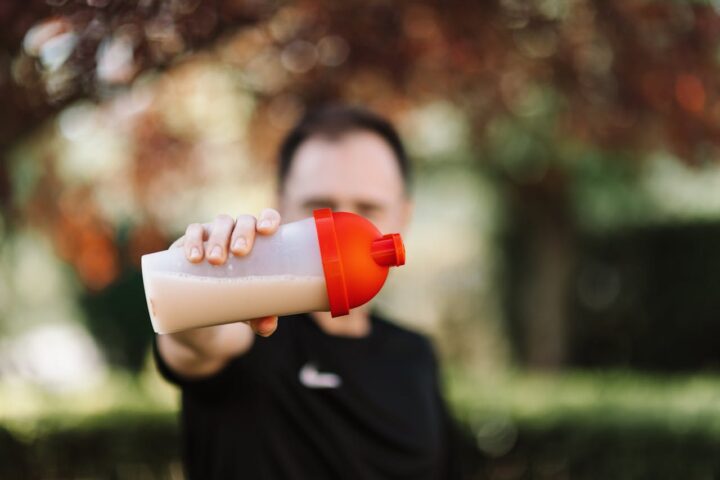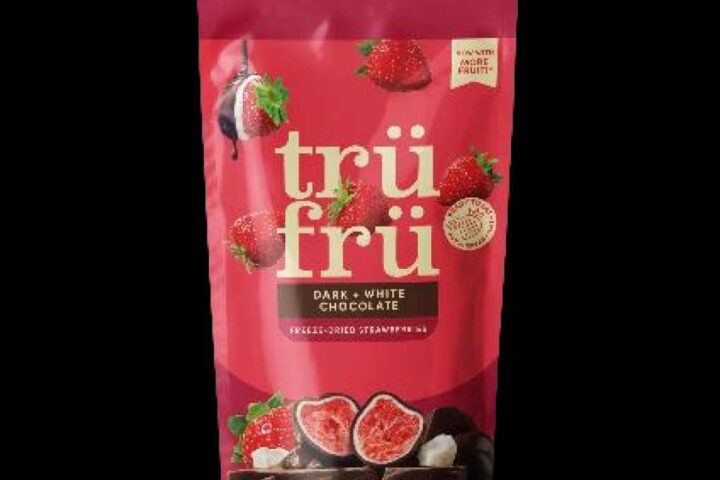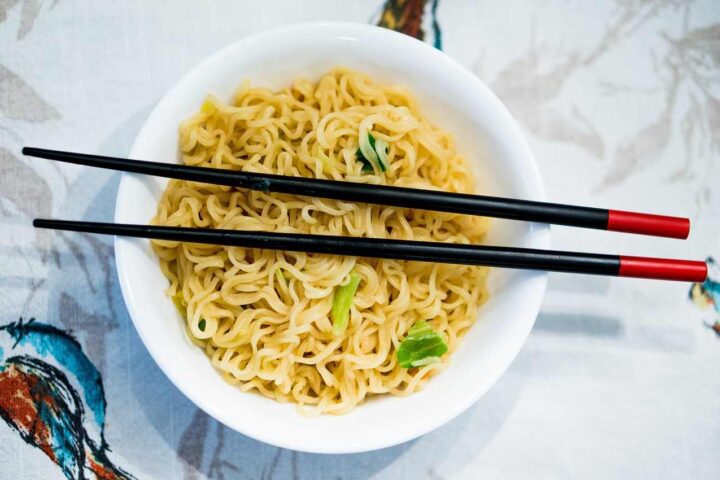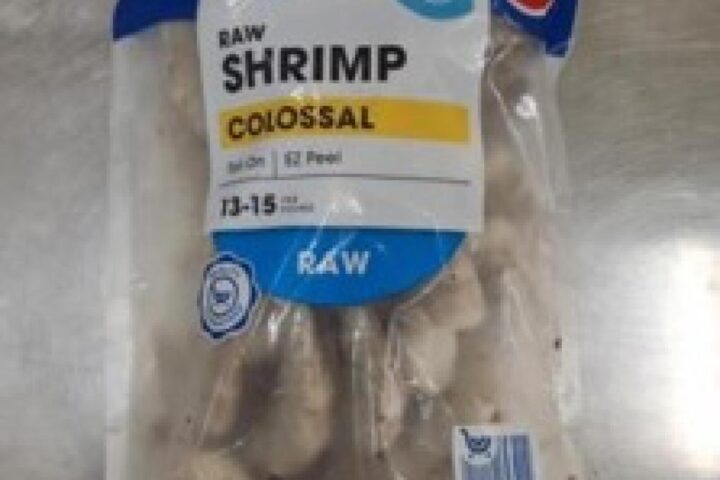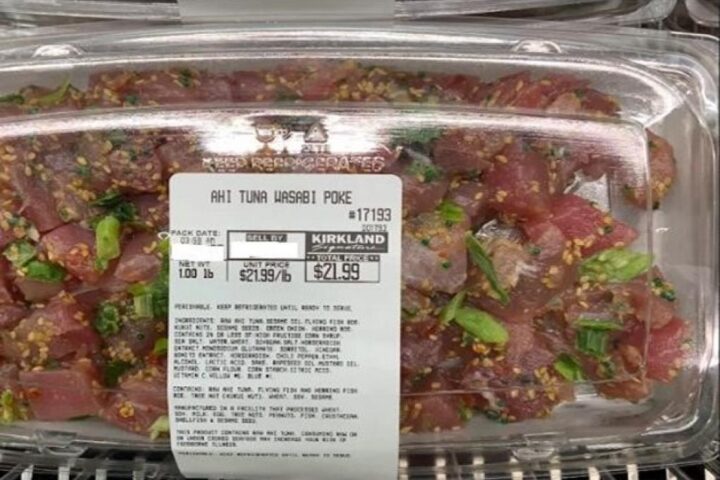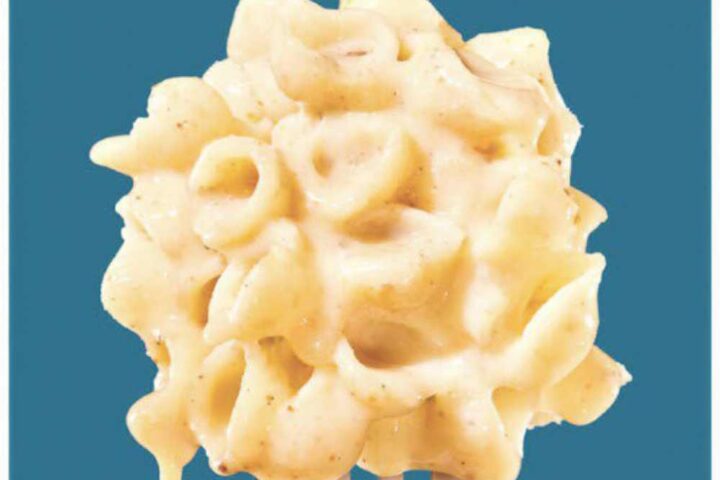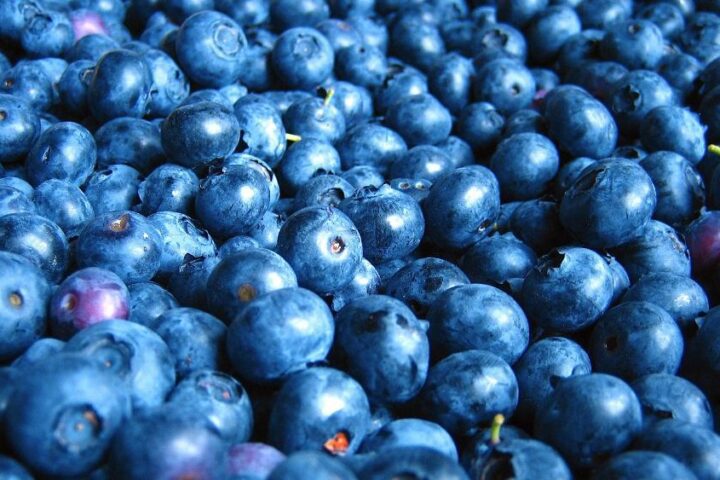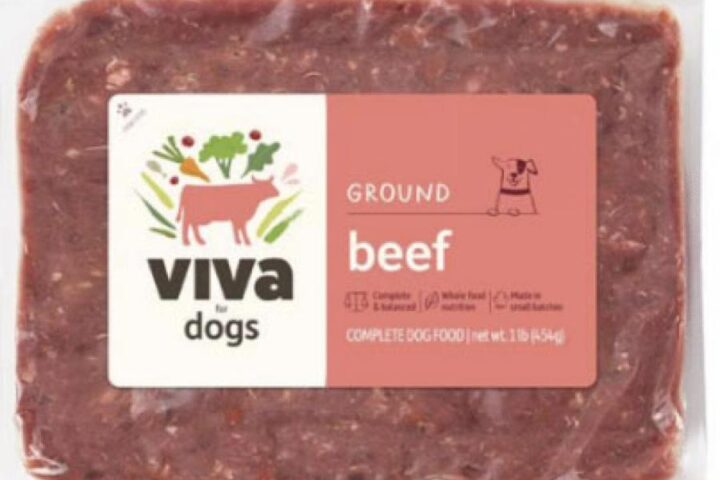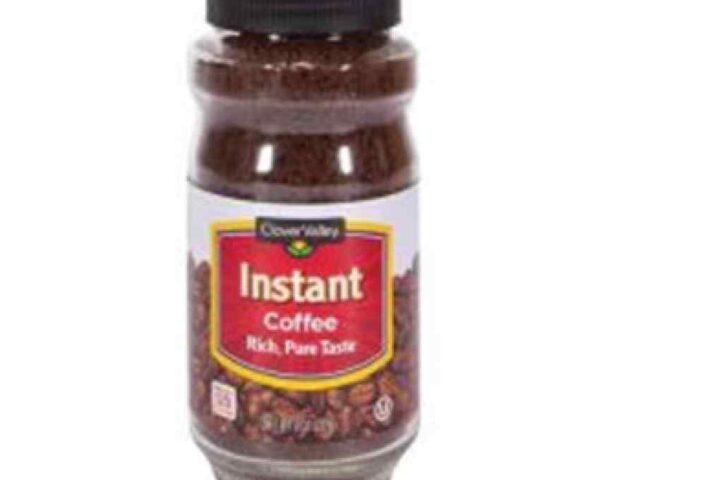Behind the colorful bottles of Feel Free tonic lies a story of regulatory challenges, addiction concerns, and consumer health impacts. This plant-based drink, marketed for relaxation and focus, contains substances that have caught the attention of health authorities and sparked lawsuits.
What’s In The Bottle?
Feel Free Classic, produced by Botanic Tonics, contains kava and leaf kratom according to the product label. The label advises a 1 oz serving and no more than 2 oz in 24 hours, with warnings that the product may be habit-forming. The formula also contains kava root, leaf kratom, and stevia per the product label.
Kratom, scientifically known as Mitragyna speciosa, contains compounds that act on the brain’s opioid receptors. In 2018, the FDA warned that kratom’s active compounds act on μ-opioid receptors and advised consumers to avoid kratom products, noting their ability to bind to mu-opioid receptors—the same pathway affected by prescription painkillers and heroin.
From Wellness Claims to Withdrawal Reality
Feel Free is sold in many convenience stores and gas stations nationwide, though availability varies by location. The company markets it as a natural alternative to alcohol for “relaxation, productivity, and focus.”
Jasmine Adeoye, in TikTok videos and broadcast interviews with CBS News, has reported that her use escalated to as many as 9-12 bottles per day and that she experienced severe withdrawal symptoms when attempting to stop.
Online forums and Reddit groups show many users reporting dependence and withdrawal experiences.
Dr. Robert Levy, addiction specialist at the University of Minnesota, confirms treating kratom dependence “many times” in his practice. The DEA and FDA note reports of symptoms including insomnia, irritability, muscle aches, and cravings during cessation.
Health Risks Beyond Addiction
FDA warns of serious adverse events linked to kratom consumption including:
- Nausea and vomiting
- Rapid heartbeat (tachycardia)
- Liver toxicity
- Seizures
- Hallucinations
Kava, the other main ingredient, has its own risk profile. The herb has been associated with liver damage, particularly when combined with alcohol or sedative medications.
Legal Status: A Regulatory Patchwork
The FDA has not approved kratom for any medical use and has issued multiple public health advisories warning consumers to avoid products containing it. In May 2023, U.S. Marshals seized nearly 250,000 bottles of Feel Free products following an FDA complaint alleging the products were adulterated under the FD&C Act.
As of 2023, five states—Alabama, Arkansas, Indiana, Rhode Island, and Wisconsin—ban kratom; other jurisdictions regulate sales through Kratom Consumer Protection Acts.
Recent developments include:
- The FDA has expressed concerns about concentrated kratom byproducts, particularly 7-hydroxymitragynine
- Several states continue to evaluate legislation regarding kratom regulation
Legal Actions Mount
Botanic Tonics agreed to an $8.75M settlement resolving a class action lawsuit alleging failure to warn consumers about kratom’s addictive potential; consumers who purchased Feel Free during the specified class period could file claims for pro-rata payments from the fund.
Botanic Tonics states that adverse reactions are extremely rare, citing “less than 0.001% adverse event complaint rate over 129.7 million servings.” The company has defended the safety of their products when used as directed.
Youth Access Concerns
Reports indicate that minors have attempted to purchase Feel Free at retail locations. Without federal age restrictions, enforcement varies by store policy.
Media reports have documented incidents in which teens attempted to obtain the drink; there is no federal age limit, and access rules vary by jurisdiction and retailer.
Consumer Protection Tools
Apps like Yuka allow consumers to scan product barcodes for information about additives and potential health risks. These tools have become increasingly popular as shoppers seek transparency about product ingredients.
For those experiencing dependency issues with kratom products, the Substance Abuse and Mental Health Services Administration (SAMHSA) maintains a helpline at 1-800-662-HELP (4357).
Backstory
Kratom has been used for centuries in Southeast Asian countries like Thailand and Malaysia, where laborers chewed the leaves for pain relief and increased stamina. U.S. imports surged in the 2010s as users sought alternatives for pain management and opioid withdrawal.
In 2018, the FDA warned that kratom’s active alkaloids act on opioid receptors and cautioned consumers about risks.
